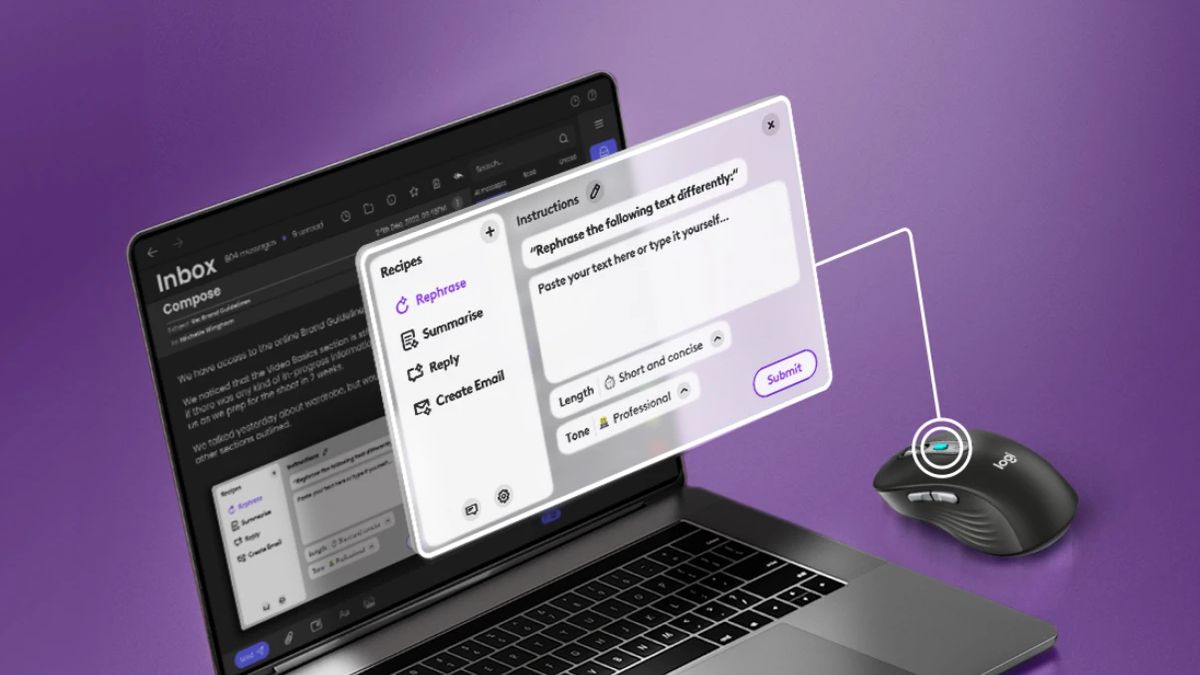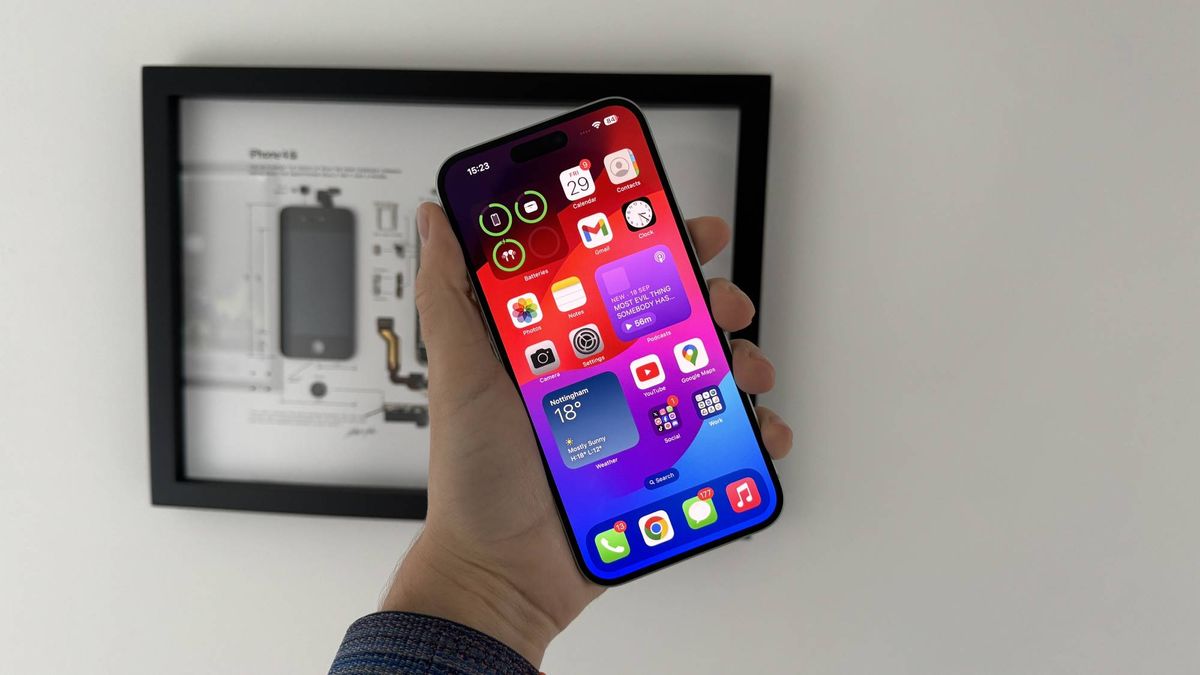

PHOTO:
Lora Ohanessian
Just when people were getting ready for summer vacation and things are quiet in many enterprises, Google and Microsoft continue their unrelenting efforts to dominate the enterprise productivity space. Over the past weeks releases from both companies show that this is an area of competition that is not going away.
The most recent of these releases comes from Redmond, WA-based Microsoft with announcement that Project Moca will start rolling out to everyone. In sum, Moca brings a calendar board view for project management to Outlook and enables users to bring contacts, files, calendar events, and more into a canvas where they can work on all elements at once. In a blog post about the release, Microsoft explained that Project Moca “now has a new home as a calendar board view in Outlook on the web.” Moca creates that long sought-after ideal of a single place to work.
It resolves the problem of having to constantly shift between Teams, Outlook, OneDrive and other commonly used productivity apps by simplifying workflows so users can focus on what is important. In practical terms this means adding tasks, goals, notes, files from OneDrive and other cloud storage providers, links, contacts and even emails and events, all in one dynamic space.
While it has been in beta testing for the past year, it seems the testing is finally done and Microsoft is starting to roll it out generally now. The result is that as of this month the company has started migrating content from Project Moca to the new Outlook Calendar board view.
Migration of any content is tricky at the best of time, Microsoft says that all boards and content will be migrated and users will not lose any data. Links to their existing Project Moca spaces will be redirected to their new Calendar board view in Outlook on the web.
Project Moca is available for Microsoft 365 consumer subscribers, commercial customers, and EDU customers as a preview and is shipped off-by-default.
Sinequa Brings Search to Teams
Before leaving Microsoft, it is worth taking note of another Microsoft partner release that will make using Teams a whole lot easier, especially now that Teams is pulling in more apps and, consequently, more content into the mix. This time the offering comes from France-based Sinequa, which develops Intelligent Enterprise Search. It just announced the launch of Sinequa for Microsoft Teams. As you might expect, Sinequa for Teams enables organizations to use Sinequa’s Intelligent Search platform inside Microsoft Teams.
Anyone that has ever gone looking for any kind of content in Teams of Slack or any other social network will know the frustrations of knowing a particular piece of content exists but cannot locate it because of poor search. This is particularly true now that so much unstructured data has ended up in these systems, as enterprises rush headlong into digital transformation. Sinequa appears to have accepted that this will always be the case, but is also aware that workers still need to find content to get business done.
In Teams, the Sinequa platform offers a single access point to surface relevant insights both from within and outside the Microsoft ecosystem. Built for Azure and Microsoft 365 customers with Teams it provides the following features and capabilities:
- Improved information findability: Sinequa extracts relevant information and insights from any source of enterprise data and content to keep employees informed and in the flow of their work.
- Data and content intelligence: Sinequa ingests, analyzes, and learns from data and content, while allowing employees to use natural language to surface it quickly.
- Strengthens collaboration: Easily share content without duplication and uncover expertise without needing to know where to find it.
Not all content is created equal, and every job has a very different workflow. With a 360-degree view of any topic — such as customers, products, issues, processes, and much more — employees have everything they need to make informed decisions.
There are other companies that are providing search capabilities for Teams and other social networks, but clearly Sinequa has hit the sweet spot. Earlier this month it was listed as Leader in The Forrester Wave: Cognitive Search, Q3 2021 (subscription required) based on its use of cognitive search which uses technologies, such as natural language processing and machine learning to ingest, understand, organize, and retrieve digital content from multiple data sources.
Zoom Aims to Make Video Conferencing Less Exhausting
One of the buzzwords that have emerged from the pandemic is video fatigue, or more commonly Zoom fatigue, which refers to the fact that working through video and videoconferencing can be exhausting.
Carolyn Reinach Wolf, a mental health lawyer cited in Psychology Today, defines Zoom fatigue as tiredness, worry or burnout associated with the overuse of virtual platforms of communication, particularly videoconferencing. The name derives from the cloud based videoconferencing and online chat software Zoom, even if it used to refer to non-Zoom video conferencing platforms like Google Meet, Microsoft Teams, Skype and others.
In fact, the expression itself just shows how ubiquitous San Jose, Calif.-based Zoom, and other video meeting tools, have become in the past 18 months. However, Zoom fatigue is a “thing” and not just a fad, and Zoom itself has acknowledged that over the months with the introduction of new tools and apps that are designed to make video work easier.
The most recent of these tools is Zoom Apps and Zoom Events which works to make the most tiring a difficult-to-manage parts of meeting easier. Zoom Apps seamlessly embeds third-party apps within the Zoom Meetings and desktop client experience, enhancing collaboration, productivity, and even entertainment for hybrid workforce. Zoom Events, for its part, is an all-in-one platform for creating a wide range of interactive and immersive virtual events to reach and engage audiences.
“Zoom Apps and Zoom Events are critical components in broadening Zoom’s offering and reach,” Roopam Jain, vice president for information and communications technologies at Frost & Sullivan, said in a statement.
Zoom Apps expands the offerings of the Zoom App Marketplace, which already hosts over 1,500 third-party integrations. There are over 50 Zoom Apps available now, ranging from enterprise to consumer use cases — including whiteboarding, project management, note-taking, and video games, with more in development and available soon.
While there is no doubt that this will make it easier to do work in platforms like Zoom, it is not clear that it will do anything to help Zoom fatigue. In fact, according to Jeremy Bailenson, a professor at Stanford University, who was cited in a CNBC post, videoconferencing platforms like Zoom are designed “to allow various forms of exhaustion and fatigue — socially, emotionally, and physically.” It remains to be seen whether the new apps will make work easier, but it seems unlikely that it will make video communication less tiring.
Has Range Found the Solution to Zoom Fatigue?
Zoom isn’t the only company that has been taking a long look at meetings. San Francisco-based Range, a company known for providing asynchronous collaboration tools, launched Meetings this week in a bid for companies to hold “remote meetings that don’t suck.” The tool includes a number of features designed to improve the efficiency and effectiveness of meetings, including:
- Agenda builder: Allows all meeting participants to add topics to the meeting agenda.
- Topic timer: Assign a topic a set time for discussion on a visible timer to help keep meetings from running over.
- Meeting notes: Capture notes from meetings and share easily via URL.
- Meeting actions: Beyond assigning action items, Range makes it easy to review the outstanding action items from the previous meeting session.
- Check-in flags: Review any highlights flagged by team members during their regular check-ins in the meeting.
“You and your team deserve better meetings. Your meetings can be more inclusive, effective, and efficient by running them with Range. Using our meeting tools can empower your whole team to begin running more effective meetings,” a statement from the company reads.
While all meeting software providers will probably make the same claim, Range’s Meetings tools and the integrations with its async capabilities gives team members a potential chance to claim back some of their time with more focused meetings when needed and asynchronous communications when not. The result is fewer meetings and lower Zoom fatigue. That in itself makes it worth a look.
Verizon and Google Get Together to Improve Messaging Using RCS
This week also saw Basking Ridge, NJ-based Verizon enter a new collaboration with Mountain View, CA-based Google, this time to expand advanced messaging services to Android users in the U.S. starting next year using the Messages by Google app. The service is based on the Rich Communications Service (RCS) standard, which provides a more interactive and modern messaging experience right from Messages by Google.
As a result of the collaboration, Messages will work with Verizon’s network and RCS messaging service to provide a seamless experience for Android users. In addition, Google will work with Verizon to provide a robust business-to-consumer messaging ecosystem using RCS.
Businesses will also be able to build and manage messaging to reach their customers more effectively. RCS will allow Verizon Android users the option to easily connect with businesses to purchase products, make reservations, ask questions and more.
The RCS standard has been building momentum and now has more than 444 million monthly active users in 60 countries according to GSMA. As networks continue to become interconnected, Android users in the U.S. will enjoy a better, more advanced messaging experience as they interact with each other and businesses on networks that support the RCS standard.
Salesforce Closes Slack Acquisition
Finally this week, although it was already a done deal, San Francisco-based cloud computing giant Salesforce has completed its acquisition of Slack, a $27.7 billion dollar deal that adds the messaging app to its suite of enterprise software. In a statement, Salesforce CEO Marc Benioff said: “Together we’ll define the future of enterprise software, creating the digital HQ that enables every organization to deliver customer and employee success from anywhere.”
“We’ve learned over the past year, Bret Taylor, President and Chief Operating Officer of Salesforce, added “that the workplace is not snapping back to the way it was. Together, Slack and Salesforce Customer 360 will give every company in the world a single source of truth for their business and a single platform for connecting employees, customers, and partners with each other and the apps they use every day.”
The question now is to what exactly Salesforce is going to do with Slack. It will probably take sometime to work out a fully developed strategy, but it is clear that the buy will change the collaboration space, which up until now has been focused on Microsoft, Google and Slack. Now, the focus is on Microsoft and Google with Slack pumped up with Salesforce.





